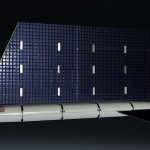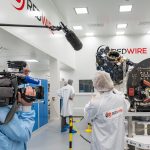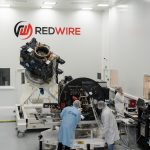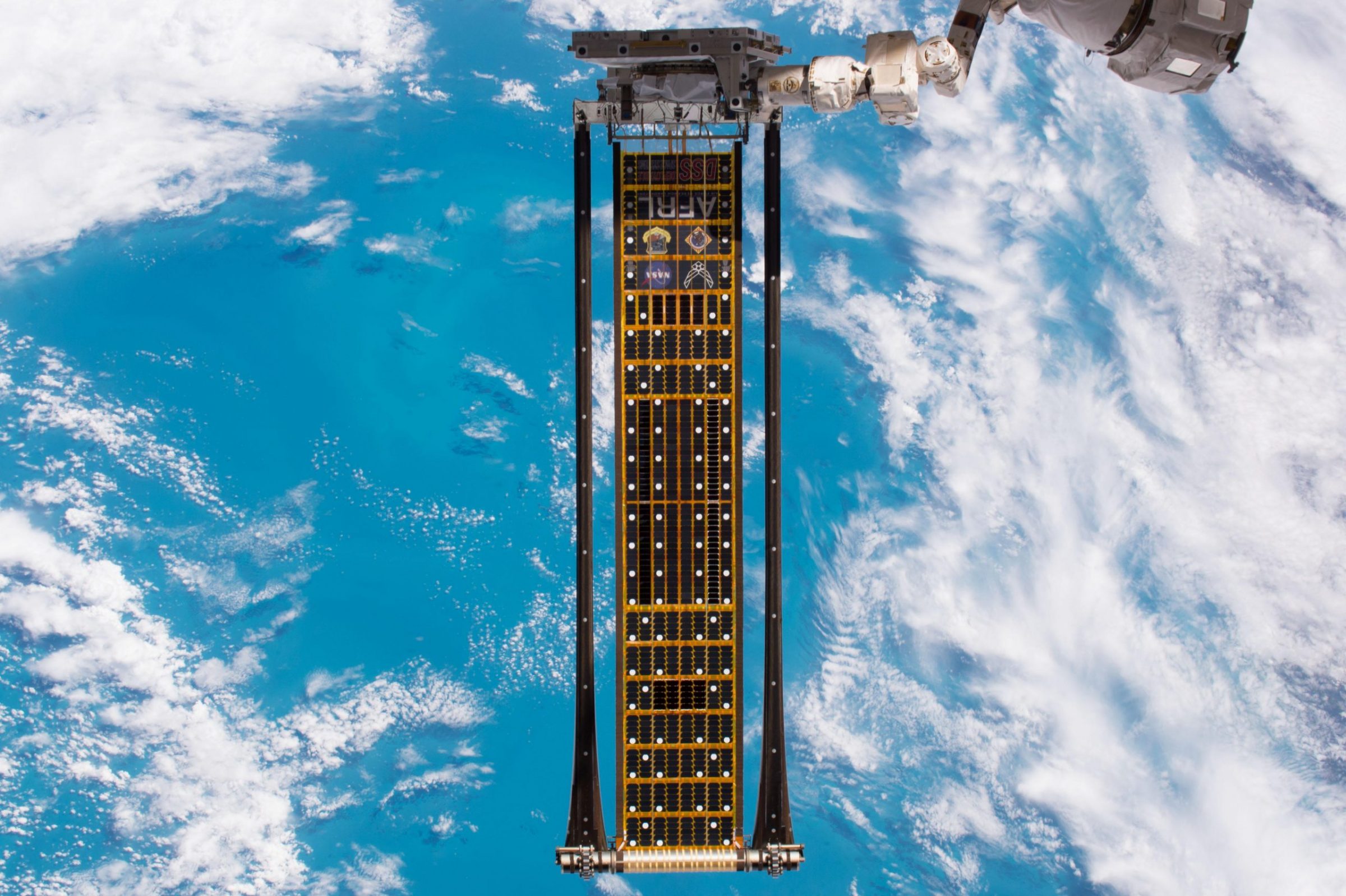
Cost-effective and high performance power generation is crucial for the success of missions and programs ranging from human spaceflight to deep space exploration. Today’s ambitious space endeavors require new power generation solutions that are efficient, modular and scalable, and that address the drawbacks associated with currently available options, such as mass and volume.
A new power generation technology is the Roll-Out Solar Array (ROSA), a first-of-its-kind solar array structure solution that enables more power, enhanced payload capability and improved performance and affordability. Developed over the last decade by Redwire subsidiary Deployable Space Systems, ROSA represents a monumental shift in how we harness the sun’s energy to power missions in low Earth orbit (LEO) and deep space.
ROSA: More Power and Less Complexity
Demonstrated on the International Space Station (ISS) in 2017, ROSA is the highly successful offspring of significant technology development and commercial infusion initiatives. The award-winning technology empowers mission control to deploy very large, flexible solar arrays that convert sunlight into electrical power and can power a wide range of missions. ROSA’s simple deployment approach and innovative rollable modular blanket set it apart from rigid panel and other state-of-the-art flexible blanket solar arrays, while also offering a solution to the ongoing challenge of reducing size and mass for spaceflight applications.
ROSA’s patented design uses composite booms to serve as both the primary structural elements and the deployment actuator together with a modular photovoltaic blanket assembly that can be configured into various solar array architectures. Instead of using complex mechanisms and motors for deployment, ROSA uses stored energy from carbon fiber booms that are cut and rolled back against their natural shape for storage. At a designated point during the mission, the stored strain energy of the booms enforces the unrolling deployment actuation. When fully deployed, the now rigid booms provide the solar arrays’ structural stiffness and strength.

When configured for launch, ROSA stows into a compact cylinder, efficiently using space. This unique configuration allows solar arrays with very large areas to be stowed compactly within launch vehicles because the solar cells are mounted on an innovative rollable modular flexible blanket.
ROSA solar arrays also deliver a significant amount of power for spaceflight, available in sizes capable of generating 1 kilowatt to 1 megawatt. These highly modular technologies make ROSA a scalable product for both current and future space missions.
The innovative ROSA design offers greatly improved performance over conventional rigid panel solar arrays and other state-of-the-art flexible solar arrays, as well as greater affordability for use on future NASA, military and commercial space missions.
Powering Science and Commercialization in Low Earth Orbit
ROSA technology is now powering humanity’s greatest engineering achievement, the ISS. Redwire is under contract by Boeing to provide ISS Roll-Out Solar Arrays (iROSA) to augment the station’s existing solar arrays. Redwire is responsible for the design, analysis, manufacture, test, and delivery of six new solar arrays.
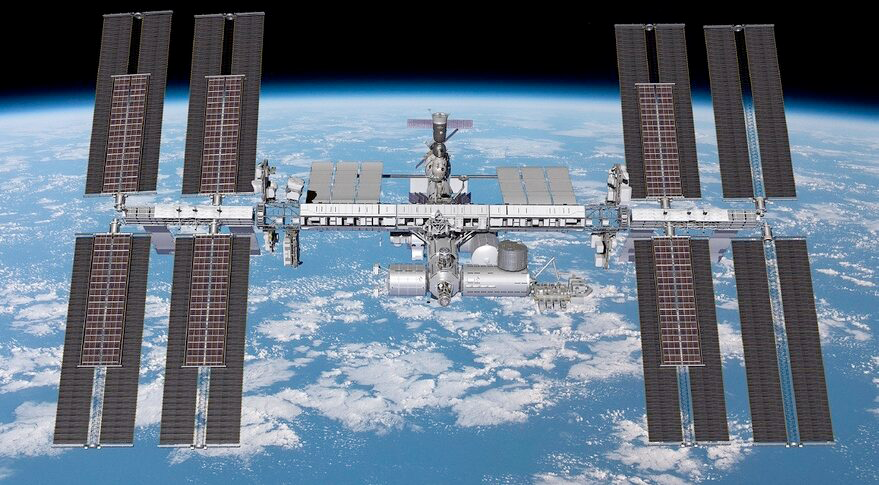
Using advanced solar cells from Boeing’s subsidiary Spectrolab, each iROSA assembly is one of the most powerful solar arrays ever manufactured and will provide more than 28 kilowatts of power at beginning of life (BOL). Combined, the six new arrays will produce more than 120 kilowatts, substantially improving the overall power-generating capability of the ISS by 20 to 30 percent.
The first two iROSA launched on SpaceX’s 22nd commercial resupply mission on Thursday, June 3. After arriving at the ISS, the new arrays were installed by NASA astronaut Shane Kimbrough and European Space Agency astronaut Thomas Pesquet on the far end of the port-side truss of the ISS during three spacewalks on June 16, June 20 and June 25. The remaining four arrays are scheduled to be installed in the near future.
By safely extending the useful life of the ISS, iROSA will be powering the critical scientific research and commercial activity happening onboard the Station, such as developing technology for exploration and human spaceflight programs like NASA’s Artemis program. The ISS is also home to Redwire manufacturing facilities focused on commercializing space-enabled materials, which have the potential to spur demand in LEO and support a burgeoning LEO economy.
In addition to partnering with Boeing Space to augment power on station, ROSA technology will be featured on missions that support Artemis and enable scientific research and technology development throughout the solar system.
Enabling Crucial Planetary Missions
ROSA is an ideal solar array system for even the most demanding mission applications, including solar electric propulsion missions, such as NASA’s Double Asteroid Redirection Test (DART).
Redwire is under contract by the Johns Hopkins University Applied Physics Laboratory to provide ROSA assemblies for DART. This mission is the first demonstration of the kinetic impact technique to change the motion of an asteroid in space. The ROSA 6 kW BOL array is providing the power necessary for the DART spacecraft’s electric propulsion system to deliberately crash itself into a moonlet of near-Earth asteroid Didymos in late September 2022. The ROSA assembly for the DART mission will provide more than 6.6 kW of power at BOL.
For DART, ROSA will provide continuous power for NASA’s Evolutionary Xenon Thruster-Commercial (NEXT-C) ion drive system. ROSA’s power output coupled with NASA’s NEXT-C drive system will have the capability of propelling a spacecraft to up to 324,000 kilometers per hour over significant time and interplanetary distances. This is more than five times faster than the speedy Voyager 1 probe.
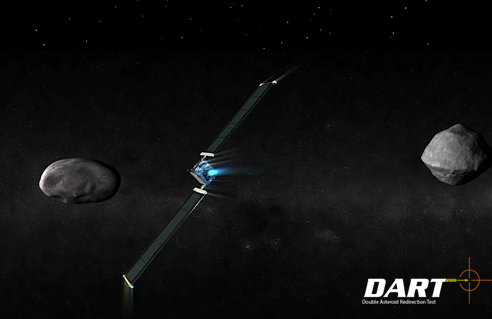
DART is a critical step in understanding and demonstrating one of the approaches that could be used to protect Earth by changing the speed of a hazardous incoming asteroid, putting it into a different orbital flight path that would not threaten the planet. Harnessing ROSA technology will be key for utilizing solar power for future deep space exploration missions like DART.
Reliable solar array technology for the missions of today and tomorrow
ROSA technology is becoming the power capability of choice for key NASA and commercial missions, ranging from planetary defense, to powering human presence in space, to supporting space exploration.
Various modular versions of ROSA have been selected for numerous upcoming spaceflights, including: Maxar and NASA’s Power and Propulsion Element for Gateway, Maxar’s Ovzon 3, Maxar’s LS1300 GEO Qual, and Maxar’s modular-bus GEO product line.
As humanity looks to expand its footprint in LEO, on and around the Moon and beyond, the rapid development of reliable, economical and sustainable space infrastructure has become increasingly important. Power generation is a critical capability for this expanding network of government and commercial satellites, space stations, landers and other space assets.
ROSA’s high power density, stowage efficiency and scalability make it a promising solar array option for future NASA, military and commercial solar-powered spacecraft. Future satellites using ROSA will be smaller, lighter and more capable, affecting services on Earth ranging from satellite radio, HD television and broadband to weather forecasting and GPS, while generating revenue for satellite manufacturers. Powering advanced solar electric propulsion spacecraft, ROSA can enable several ambitious space initiatives, moving humans deeper into space than ever before.
The ROSA system is a pioneering capability, poised to power the next breakthrough in power generation and enable next-generation space infrastructure and humanity’s expansion farther into space.
